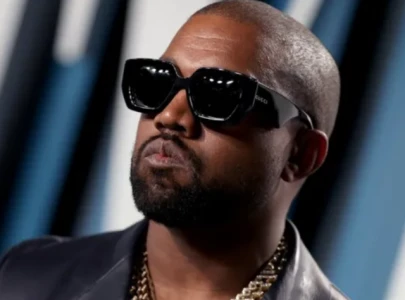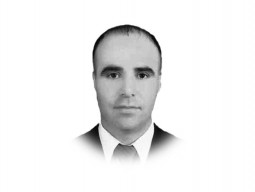The consequence of our insurmountable barriers, that we guard zealously, is that most of our science students (and their mentors) lack the ability to express themselves in writing. For them, a paper is often a set of figures and equations, and whatever space is leftover is filled by words stitched together. Those who are interested in creative endeavours pursue those as a hobby, and never get the opportunity to develop those skills with discipline and guidance.
The widely used argument provided against giving students the freedom and opportunity to pursue art and science seems to revolve around a common misconception. Somehow we have decided that our brains are automatically wired for either artistic expression or science, but not both. We also believe that by allowing scientists to engage in creative arts, the quality and rigour of their work would somehow be compromised. Nothing could be farther from the truth. There are many outstanding scientists engaged in cutting edge research today, who are not only leaders in their scientific disciplines, but also noted artists. Susan McConnell is one such scholar who continues to bridge the disciplines with an amazing impact. She is a world-renowned neuroscientist at Stanford who studies development of neuronal circuits. Among the long list of her accolades, she is a member of the US National Academy of Sciences, which is among the highest honours for a scientist in the US. Notably, she is not just a professor of Biology but also a professor of Humanities. She is an accomplished wildlife conservation photographer and has had her work appear on the cover of the Smithsonian Magazine and her photographs have been on display at the Smithsonian Museum of Natural History. Most importantly for the purposes of this discussion, she also runs a programme that enables science students to become better writers and also provide students with the opportunity to “employ artistic or creative forms of expression (e.g., film-making, sculpture, poetry, photography, painting) to educate, inform and evoke curiosity about a scientific topic”. The programme includes public exhibition and gives students the opportunity to communicate scientific findings, to a broad audience, through artistic expression.
With minimal understanding of science among the general public in Pakistan and misconceptions about scientific facts that are outright dangerous, there is a dire need to create new avenues for public engagement with science. With a long and celebrated tradition in creative arts, there is a huge opportunity for us to create a culture that celebrates both inclusion and innovation.
We have way too many barriers already that stop us from social integration and societal cohesion. Too many bins and boxes already available and used widely to divide us all. Breaking a few of these would do us a lot of good. Let us start with science.
Published in The Express Tribune, July 14th, 2015.
Like Opinion & Editorial on Facebook, follow @ETOpEd on Twitter to receive all updates on all our daily pieces.



















COMMENTS (3)
Comments are moderated and generally will be posted if they are on-topic and not abusive.
For more information, please see our Comments FAQ